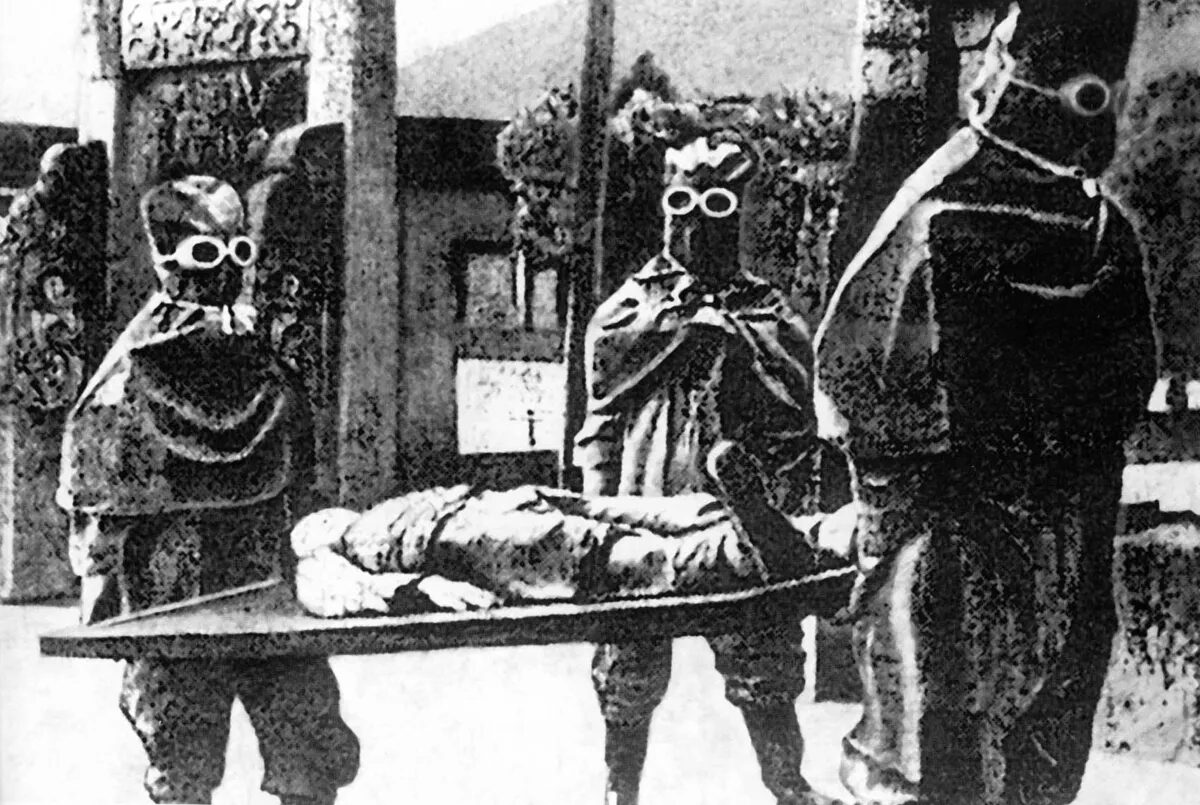
The "horror bunker," discovered near the city of Anda in Heilongjiang province, northeast China, was used by the Japanese army's infamous Unit 731 during Japan's occupation of China from 1931 to 1945.
Built by the Japanese in 1941 and running until Japan's surrender at the end of World War II, the lab was Unit 731's largest research site, but its exact location was lost until now. Unit 731 began in 1931 as a Japanese-run public health unit, but it quickly expanded its research to include grotesque biological and chemical warfare experiments using Chinese, Korean, Russian and American captives as test subjects.
Researchers at the Heilongjiang Provincial Institute of Cultural Relics and Archaeology, who unearthed the bunker, told the South China Morning Post that its discovery "highlights the ongoing legacy of Unit 731's atrocities and their impact on global efforts to prevent biological warfare."
Up to 12,000 men, women and children were killed by Unit 731's sadistic experiments — which included the testing of grenades, bacterial bombs, flamethrowers and chemical weapons. Individuals were also exposed to dehydration, killed inside spinning centrifuges, injected with diseased animal blood, zapped with X-rays, vivisected without anesthesia and kept inside low-pressure chambers until their eyeballs burst.
Plague-infected fleas bred in Unit 731's labs were also dropped by low-flying planes over Chinese cities, causing disease outbreaks that killed hundreds of thousands of people.
The archaeologists have partially unearthed the U-shaped structure, which is roughly 108 feet (33 meters) long and 67 feet (21 m) wide, with interconnected rooms and tunnels branching from it. As the archaeologists have yet to step inside, the exact purpose of each room hasn't been established, but the researchers have categorized what they believe to be laboratories, observation and dissection rooms, holding cells, barracks, garages, bath houses, dining areas and wells.
Following Japan's surrender in September 1945, the U.S. covered up evidence of the gruesome experiments and secretly granted many of Unit 731's leaders immunity from prosecution for war crimes in exchange for their research. Much of this information was later taken to Fort Detrick in Maryland — the center of the U.S. Cold War biological weapons program between 1943 and 1969.
The archaeologists say they will continue to excavate the site, gathering more details about the individual rooms in the structure and how they combined to form the horrifying bunker.



Here is a more descriptive history of the Japanese "Epidemic Prevention Research Laboratory", which was created under the initiative of Ishii Shiro after he returned from two years of field study of American and European research facilities.
It was set up, with the approval of top-level army authorities, as a facility to develop biological weapons. It is said that Ishii first became convinced of the need to develop biological weapons with the signing of the Geneva Protocol in 1925. " [Link]
I think the important part here is that the Japanese set all this up after studying the Americans, Brits and Germans efforts at biological warfare.
Those darn Americans seem to be at the heart of some really bad shite through history and into today. [Link] , and...
SOTT Focus:Victoria Nuland Admits Ukraine Has 'Biological Research Facilities', Worried Russia May Seize Them
Self-anointed "fact-checkers" in the U.S. corporate press have spent two weeks mocking as disinformation and a false conspiracy theory the claim that Ukraine has biological weapons labs, either...I have not spent much time reading LIVESCIENCE articles like this one. My reason is that they accept PFIZER money [Link]